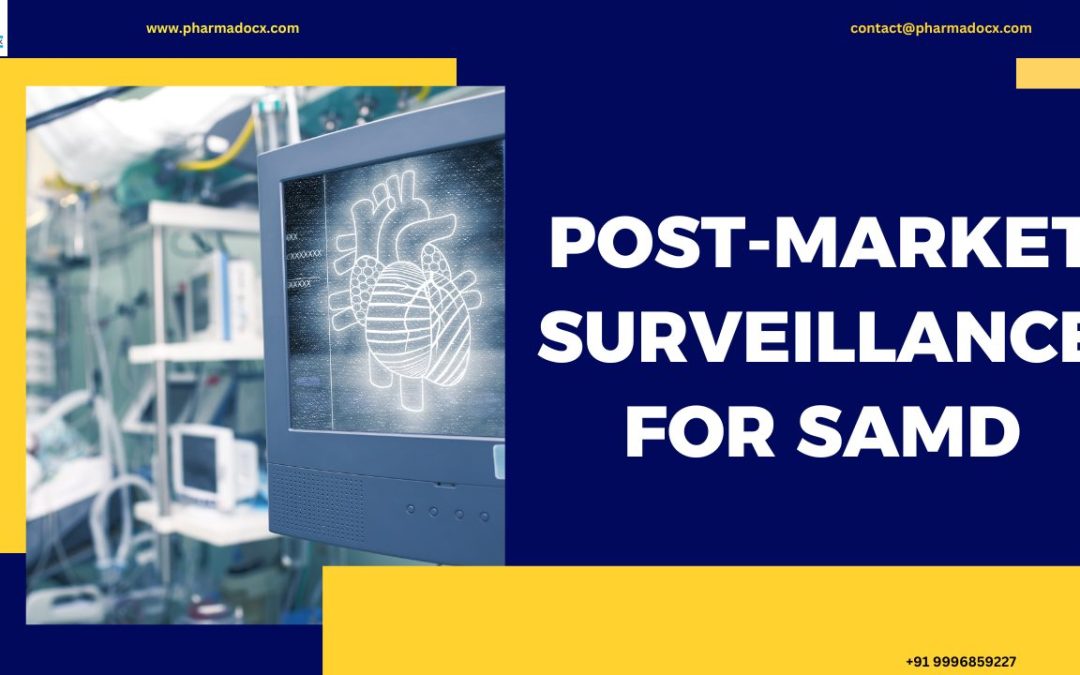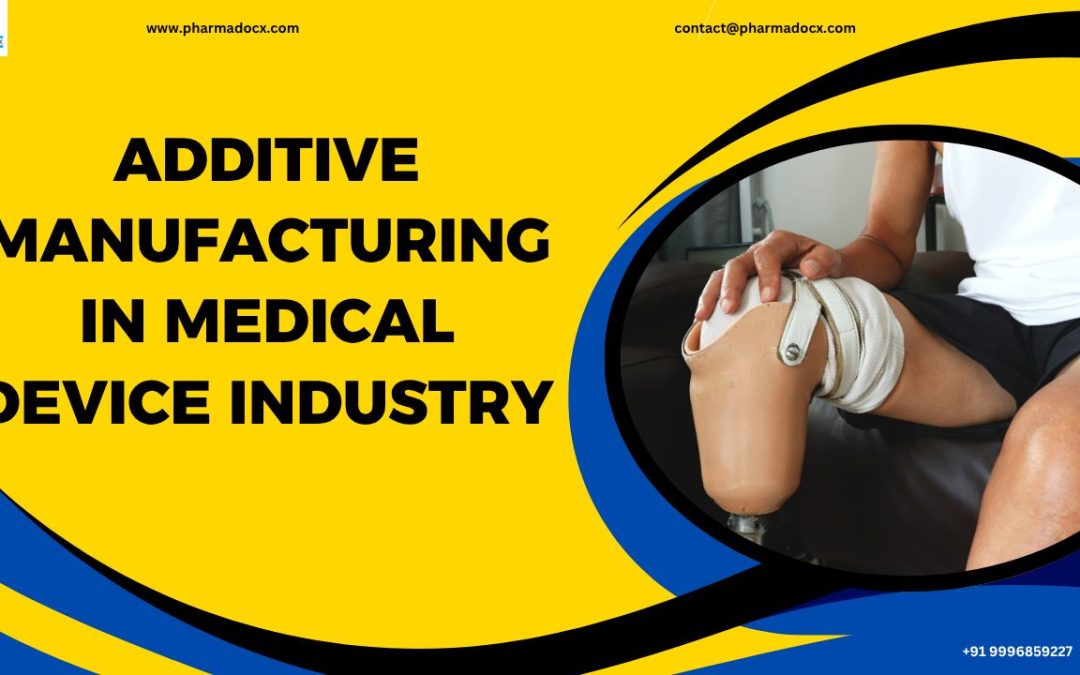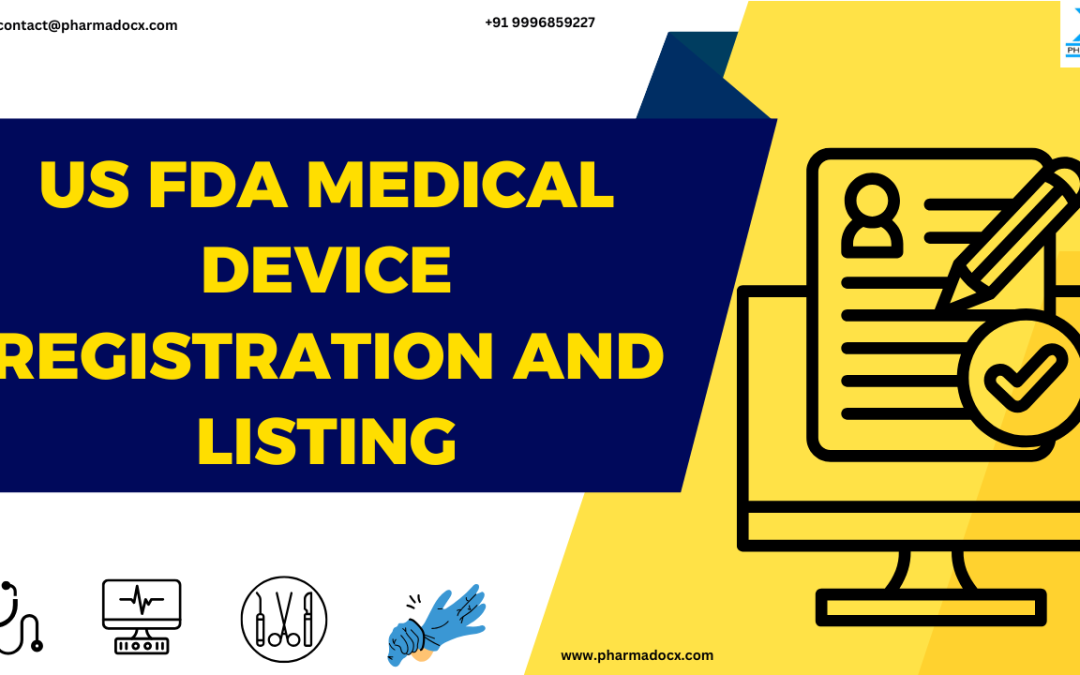


Additive Manufacturing in Medical Device Industry: The Future
Additive manufacturing is revolutionizing the medical device manufacturing industry. It can be used to create complex, customized, and patient-specific products at unprecedented speed and precision. Additive manufacturing is opening new possibilities for medical...
How to Prepare for a Successful MDSAP Audit? Your Guide
Preparing for a successful medical device single audit program (MDSAP) audit requires strategic planning, robust documentation, and cross-functional alignment. For manufacturers seeking to demonstrate regulatory compliance across multiple jurisdictions, MDSAP is a...
An 8-Step Guide to Selecting a US FDA agent for Your Company
A U.S. FDA agent is a designated representative required for foreign companies that manufacture, process, or distribute FDA-regulated products. These products, such as medical devices, drugs, or food, should be intended for import into the United States. We have...
US FDA Medical Device Registration and Listing: Complete Guide
FDA medical device registration and listing is a mandatory annual process. Medical device companies are required to register their facilities and list their specific products with FDA. It is a regulatory requirement for any company that manufactures or imports devices...
